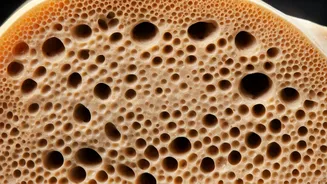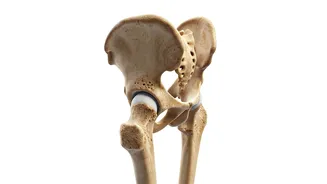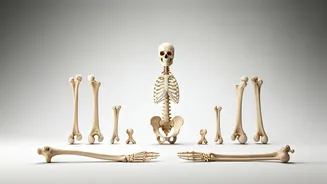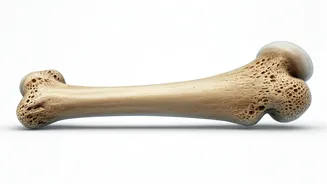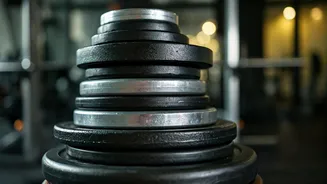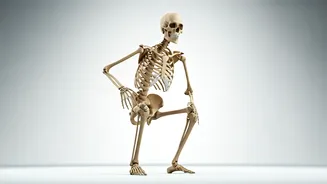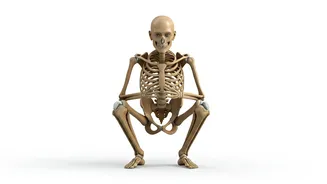Importance of Exercise
As we enter our 30s, maintaining bone health becomes exceptionally crucial. Bone density naturally diminishes with age, making us more susceptible to fractures
and conditions like osteoporosis. Regular physical activity, especially weight-bearing and resistance exercises, plays a significant role in stimulating bone growth and maintenance. The exercises discussed are chosen for their efficacy in targeting bone health and their ease of implementation into a daily fitness regimen. Consistent exercise helps enhance bone mineral density and reduce the risk of future bone-related health problems. Prioritizing these activities is an investment in long-term wellness and mobility.
Walking for Bone
Walking, a fundamental yet potent exercise, is readily accessible to everyone. It's a weight-bearing activity, which implies that your bones bear your body's weight, thus stimulating bone cells. Aim to incorporate brisk walking into your routine for at least 30 minutes, most days of the week. Varying the terrain, such as walking uphill or on uneven surfaces, intensifies the workout, providing enhanced benefits for bone density. Even short walks spread throughout the day are advantageous. Regular walking enhances not only bone health but also cardiovascular fitness and overall well-being. Start slowly, gradually increasing the duration and intensity to avoid injury and maximize the positive impacts of walking on bone health.
Strength Training Moves
Strength training, involving the use of weights or resistance bands, is vital for fortifying bones. Exercises like squats, lunges, push-ups, and lifting weights stimulate bone formation. When muscles contract, they tug on bones, triggering them to produce new cells. Begin with lighter weights or resistance levels and slowly increase the challenge as your strength builds. Focus on proper form to prevent injuries. Include strength training exercises two to three times per week, allowing rest days in between to help the body recover and rebuild. This type of training is essential for preventing bone loss and increasing muscular strength.
Jumping and Skipping
Jumping exercises, like jumping jacks and skipping, provide a high-impact stimulus that is especially effective for bone development. These activities apply more significant forces to the bones, encouraging them to get stronger. Begin with small jumps and progressively increase the height and number of repetitions. If you have any pre-existing health issues, such as joint pain or osteoporosis, it's advisable to consult with a healthcare expert before commencing high-impact exercises. Incorporating these moves a few times per week can significantly improve bone density, making bones more robust and resistant to fractures. Start with low-impact options if needed to build up gradually.
Dancing for Bone Health
Dancing is a fun, engaging, and low-impact activity that is beneficial for bone health. Dance styles can offer a variety of weight-bearing movements depending on the type of dance and can boost bone density. Dancing improves balance and coordination, reducing the risk of falls, which is particularly beneficial as we age. Choose a dance style you enjoy and try to dance regularly. This activity isn't just great for bones; it’s also an excellent way to maintain cardiovascular health and have an enjoyable exercise routine. Try different styles to keep it interesting and enjoyable, promoting a long-term commitment to exercise for better bone health.
